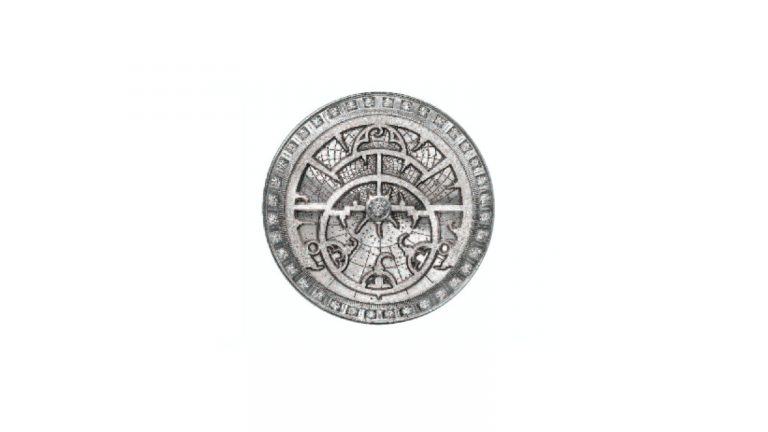But Jerusalem is obviously both: a city of unique international symbolism and home to more than 700,000 people.
Each year since 1967 Israel celebrates “Jerusalem Day,” commemorating the city’s “unification”. Forty two years have since passed, and this year the occasion was noted on May 21st.
Forty two years, and “unification” has remained one of those lofty Jerusalem symbols, but with very little factual basis. High rhetoric simply cannot obscure the harsh reality.
As detailed in the new “Human Rights in East Jerusalem 2009: Facts and Figures” report, published by the Association for Civil Rights in Israel (ACRI), an alarming picture of systematic discrimination is exposed. Written by ACRI attorneys Tali Nir and Nisreen Alyan, some of the unfortunate highlights in the report are:
• 9,000 children in East Jerusalem cannot attend school: they simply don’t have classrooms to study in.
• 2 out of every 3 residents live below the poverty line.
• More than 150,000 people living in East Jerusalem cannot get a legal connection to the water network.
• Systematically, it is all but impossible for East Jerusalemites to build legally, for lack of city planning or building permits. The result: a growing number of house demolitions, while thousands live in fear that they might be next.
These facts, and more, are graphically articulated in ACRI’s “Wake Up Call” flash presentation (Hebrew, with English and Arabic subtitles).
And hundreds of Jerusalemites, Israelis and Palestinians, demonstrated together near the Old City’s Damascus Gate, in protest of this unacceptable reality which denies the human rights of close to a third of the city’s population.
It wasn’t a grand demonstration, and there were no divine symbols. It was an earthly thing led by people who feel strongly about very real problems such as injustice and discrimination.
And yet, for an hour just outside the walls of the old city, East and West Jerusalem, ordinarily worlds apart, were ever so slightly closer.



